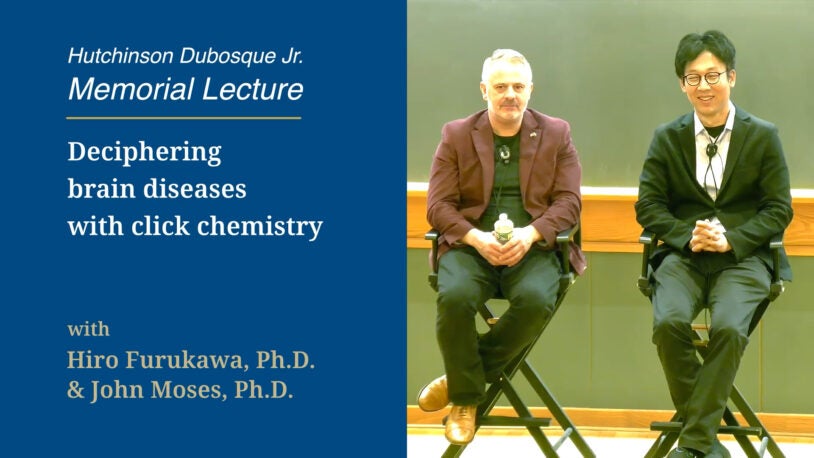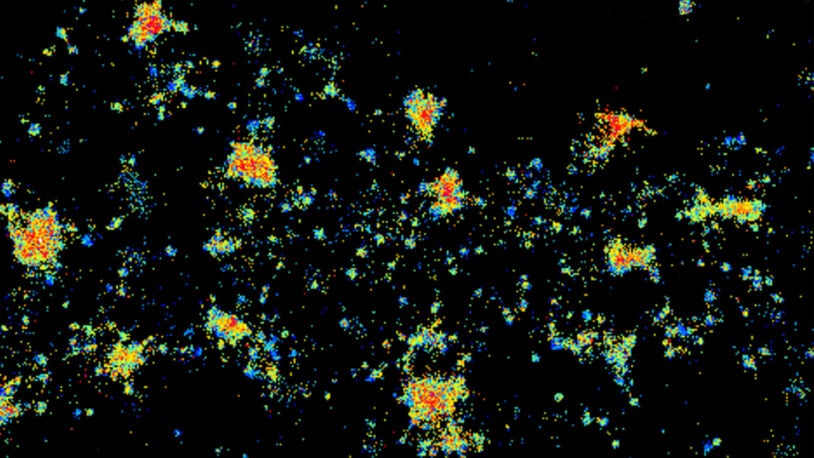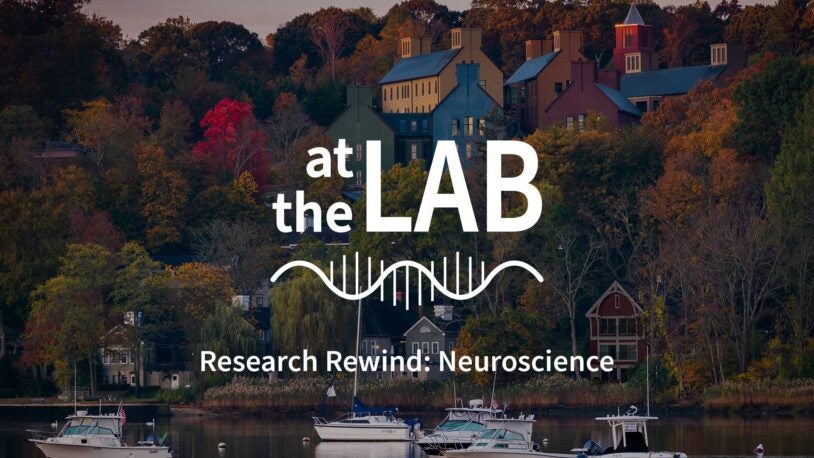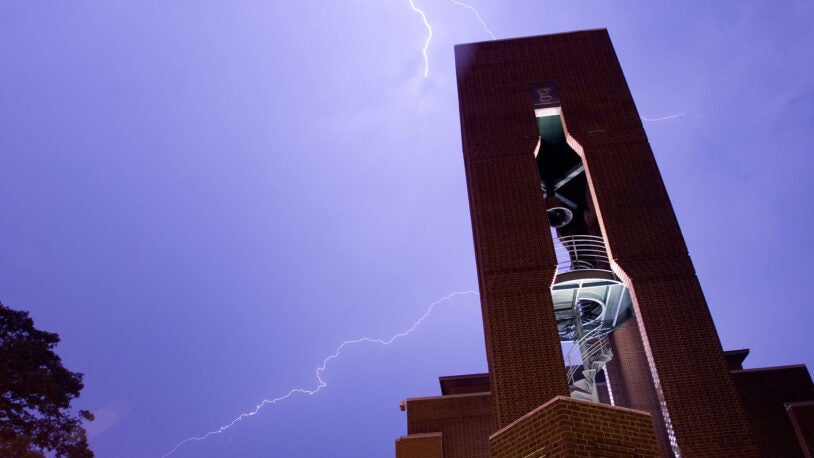
Hiro Furukawa
Professor
Cancer Center Member
Ph.D., The University of Tokyo, 2001
furukawa@cshl.edu | 516-367-8872
The nervous system transmits information by passing chemical signals from one nerve cell to the others. This signal transmission relies on a variety of proteins to receive and transmit the chemical signals. My group studies the structure and function of neurotransmitter receptors and ion channels that regulate fundamental neuronal activities.
Hiro Furukawa’s lab studies receptor molecules involved in neurotransmission. Its members mainly focus on the structure and function of NMDA (N-methyl-d-aspartate) receptors — ion channels that mediate excitatory transmission. Dysfunctional NMDA receptors cause neurological disorders and diseases including Alzheimer’s disease, Parkinson’s disease, schizophrenia, depression, and stroke-related ischemic injuries. The Furukawa lab is working to solve the threedimensional structure of the very large NMDA receptor by dividing it into several domains. They seek to understand the pharmacological specificity of neurotransmitter ligands and allosteric modulators in different subtypes of NMDA receptors at the molecular level. Toward this end, they use cutting-edge techniques in X-ray crystallography to obtain crystal structures of the NMDA receptor domains and validate structure-based functional hypotheses by a combination of biophysical techniques including electrophysiology, fluorescence analysis, isothermal titration calorimetry, and analytical centrifugation. Crystal structures of NMDA receptors serve as a blueprint for creating and improving the design of therapeutic compounds with minimal side effects for treating neurological disorders and diseases. During the last several years, the team discovered and mapped several regulatory sites in specific classes of NMDA receptors, progress that now opens the way to the development of a new potential class of drugs to modulate the receptor activity.
The CSHL School of Biological Sciences’ class of 2025
May 5, 2025
The School of Biological Sciences awarded Ph.D. degrees to nine students this year. Read some of their stories and reflections on their time at CSHL.
At the Lab: Dancing with fire
April 29, 2025
What happens to our brain receptors’ “dance routines” when the brain comes under immune system attack? Tune in to find out.
Deciphering brain diseases with click chemistry
February 18, 2025
Cold Spring Harbor Laboratory Professors John Moses and Hiro Furukawa speak at the CSHL Association’s 2025 Annual Meeting.
Ketamine: From club drug to antidepressant?
February 14, 2025
CSHL Professor Hiro Furukawa proves the existence of a mysterious brain receptor known as GluN1-2B-2D and shows how it may interact with ketamine.
2024 Double Helix Medal recipients Alisa & Daniel Doctoroff
December 3, 2024
The Doctoroffs lead Target ALS, an innovative nonprofit that has sparked dramatic progress in research on Lou Gehrig’s disease.
Putting out a brain on fire
October 17, 2024
CSHL Professor Hiro Furukawa sheds new light on anti-NMDAR encephalitis, a rare autoimmune disorder that may be misdiagnosed as schizophrenia.
At the Lab Season 1 Research Rewind: Neuroscience
October 15, 2024
What do you think? How do you know? And who are you anyway? We probe each of these questions with the help of Cold Spring Harbor’s neuroscientists.
This protein does “The Twist”
July 31, 2024
CSHL Professor Hiro Furukawa has figured out how the NMDAR performs a key step in the brain’s cognitive dance.
Hazen Tower
April 25, 2024
The Italian-style bell tower anchors CSHL’s Neuroscience Center. Its bell has rung out every hour on the hour, from 8 a.m. to 8 p.m., since 1991.
At the Lab Episode 2: Molecular puppetry
April 9, 2024
CSHL neuroscientist Hiro Furukawa shows us a part of the brain that actually works like a puppet master. What could this mean for mental health?
Selected Publications
Molecular mechanism of ligand gating and opening of NMDA receptor
1 Aug 2024 | Nature | 632(8023):209-217
Chou, Tsung-Han; Epstein, Max; Fritzemeier, Russell; Akins, Nicholas; Paladugu, Srinu; Ullman, Elijah; Liotta, Dennis; Traynelis, Stephen; Furukawa, Hiro;
Structure and function of GluN1-3A NMDA receptor excitatory glycine receptor channel
12 Apr 2024 | Science Advances | 10(15):eadl5952
Michalski, Kevin; Furukawa, Hiro;
Structure of human CALHM1 reveals key locations for channel regulation and blockade by ruthenium red
28 Jun 2023 | Nature Communications | 14(1):3821
Syrjänen, Johanna; Epstein, Max; Gómez, Ricardo; Furukawa, Hiro;
Structural insights into assembly and function of GluN1-2C, GluN1-2A-2C, and GluN1-2D NMDARs
20 Oct 2022 | Molecular Cell | :S1097-2765(22)00965
Chou, Tsung-Han; Kang, Hyunook; Simorowski, Noriko; Traynelis, Stephen; Furukawa, Hiro;
All Publications
Structural basis for channel gating and blockade in tri-heteromeric GluN1-2B-2D NMDA receptor
10 Feb 2025 | Neuron
Kang, Hyunook; Epstein, Max; Banke, Tue; Perszyk, Riley; Simorowski, Noriko; Paladugu, Srinu; Liotta, Dennis; Traynelis, Stephen; Furukawa, Hiro;
Biology, function and structure of the calcium homeostasis modulator family
29 Oct 2024 | Journal of Physiology
Polfer, Rachel; Furukawa, Hiro;
Dendritic, delayed, stochastic CaMKII activation in behavioural time scale plasticity
9 Oct 2024 | Nature
Jain, Anant; Nakahata, Yoshihisa; Pancani, Tristano; Watabe, Tetsuya; Rusina, Polina; South, Kelly; Adachi, Kengo; Yan, Long; Simorowski, Noriko; Furukawa, Hiro; Yasuda, Ryohei;
Structural and functional mechanisms of anti-NMDAR autoimmune encephalitis
3 Sep 2024 | Nature Structural & Molecular Biology
Michalski, Kevin; Abdulla, Taha; Kleeman, Sam; Schmidl, Lars; Gómez, Ricardo; Simorowski, Noriko; Vallese, Francesca; Prüss, Harald; Heckmann, Manfred; Geis, Christian; Furukawa, Hiro;
Dendritic, delayed, and stochastic CaMKII activation underlies behavioral time scale plasticity in CA1 synapses
01 Aug 2023 | bioRxiv
Jain, Anant; Nakahata, Yoshihisa; Watabe, Tetsuya; Rusina, Polina; South, Kelly; Adachi, Kengo; Yan, Long; Simorowski, Noriko; Furukawa, Hiro; Yasuda, Ryohei;
Novel GluN2B-Selective NMDA Receptor Negative Allosteric Modulator Possesses Intrinsic Analgesic Properties and Enhances Analgesia of Morphine in a Rodent Tail Flick Pain Model
13 Feb 2023 | ACS Chemical Neuroscience
Harris, Lynnea; Regan, Michael; Myers, Scott; Nocilla, Kelsey; Akins, Nicholas; Tahirovic, Yesim; Wilson, Lawrence; Dingledine, Ray; Furukawa, Hiro; Traynelis, Stephen; Liotta, Dennis;









